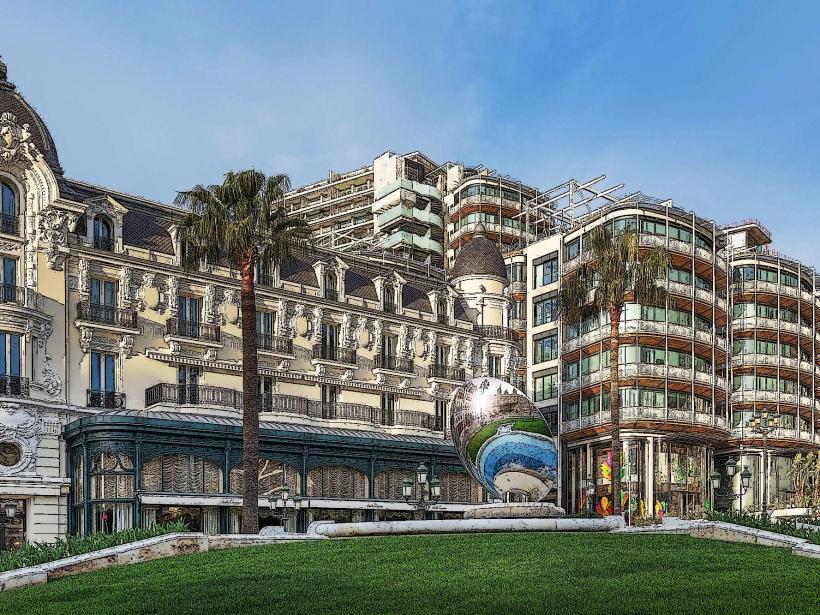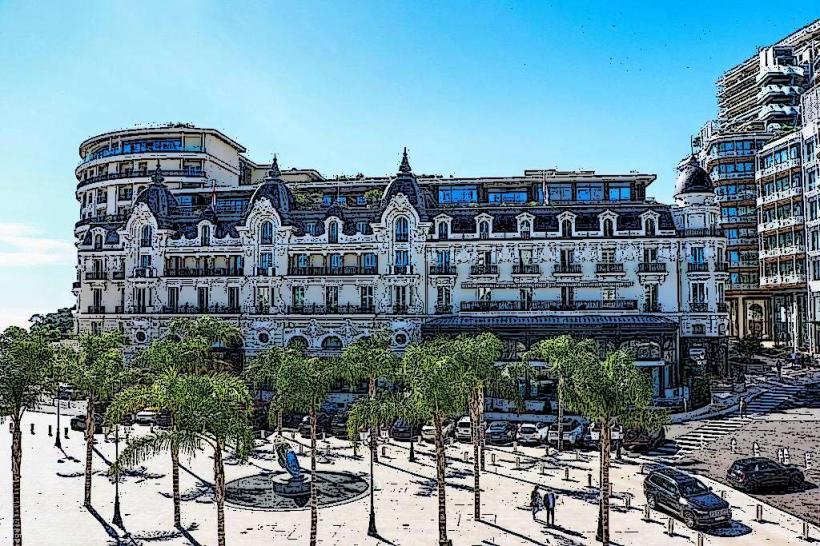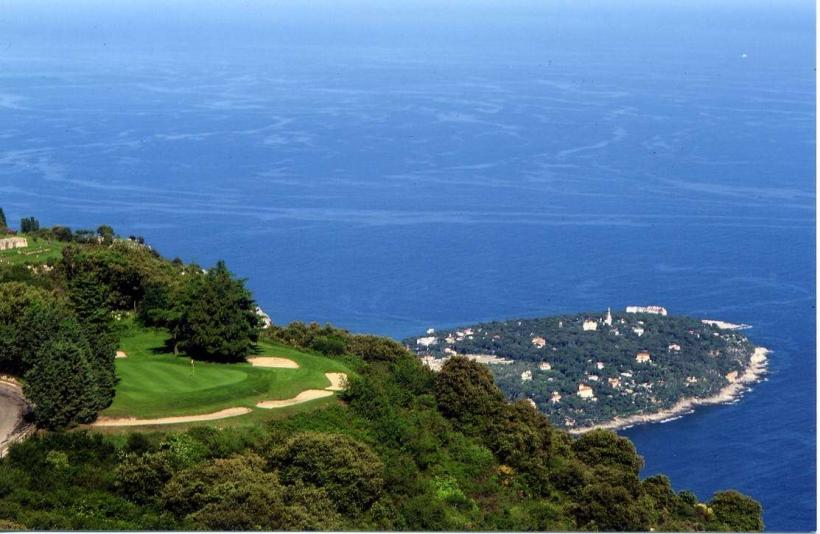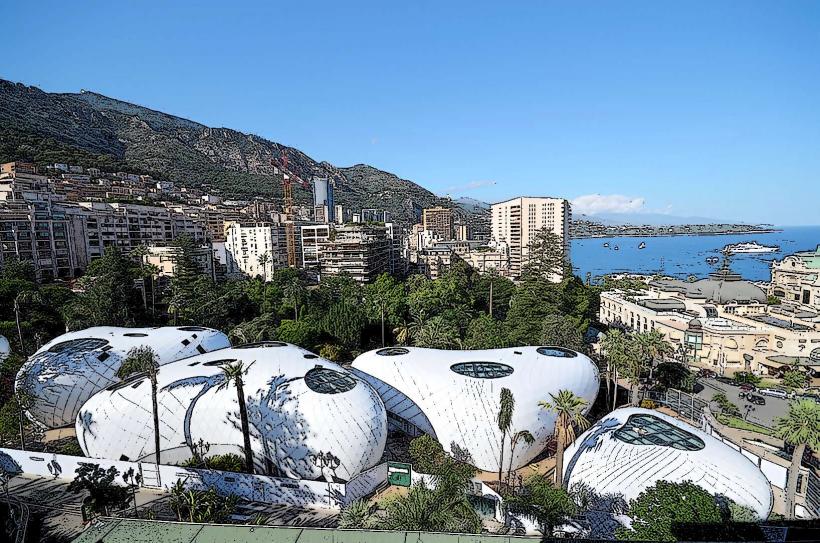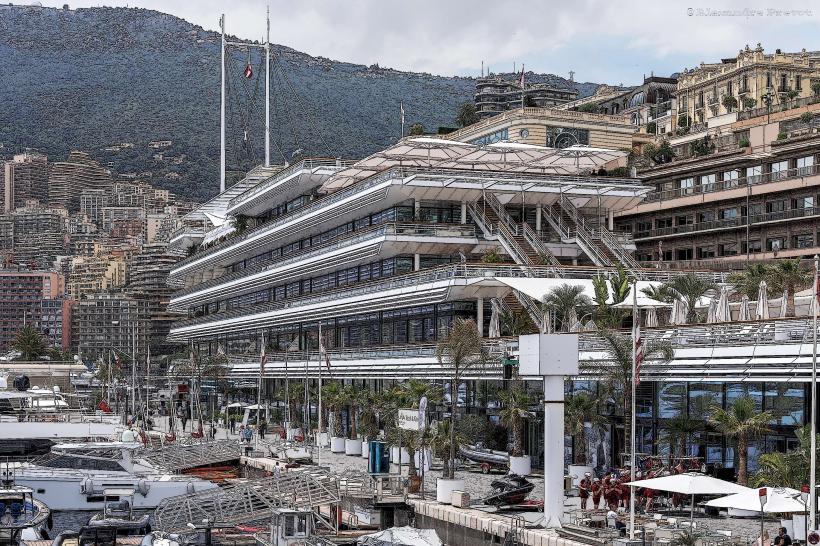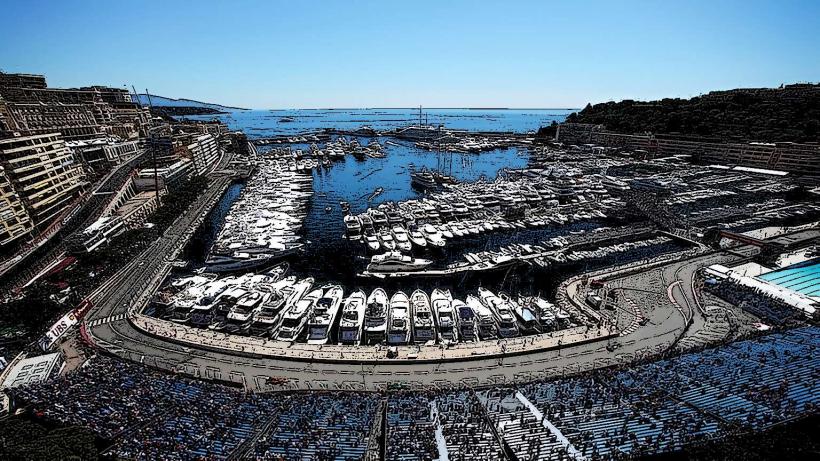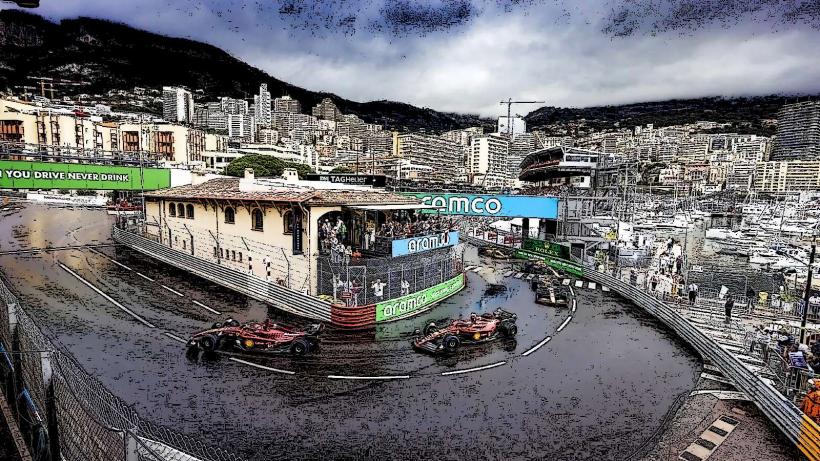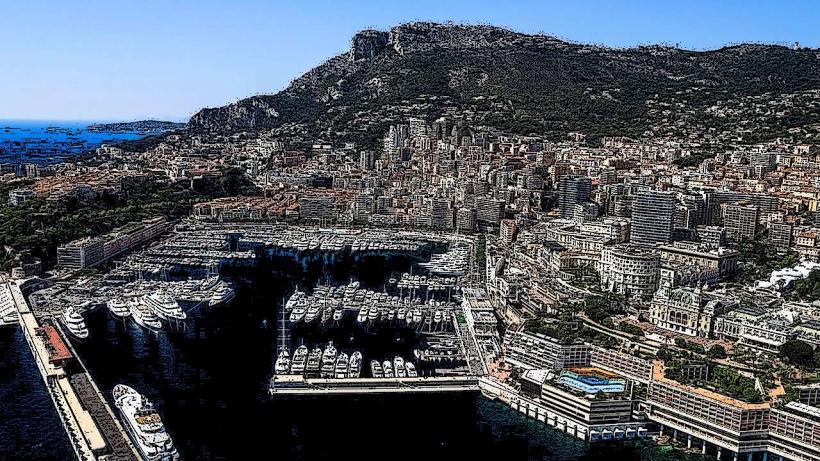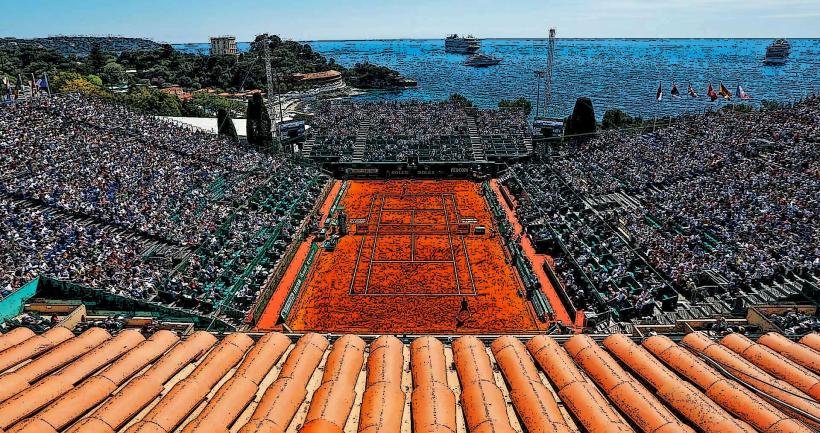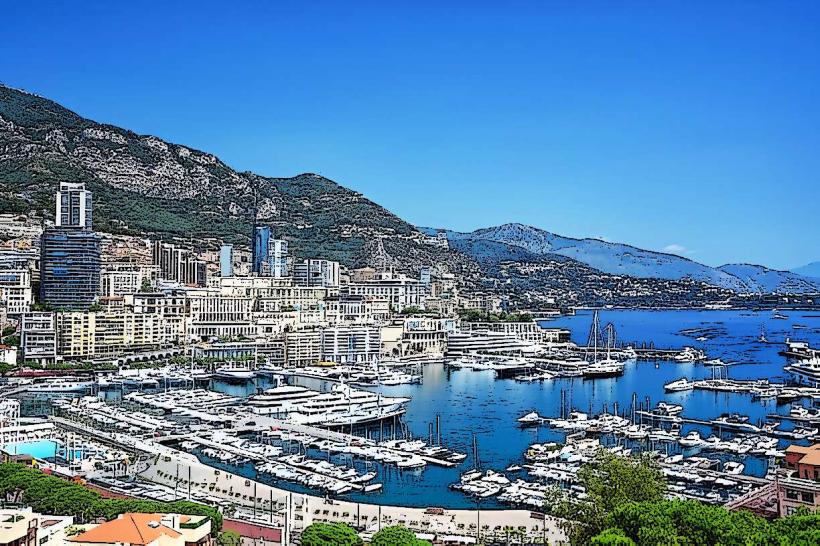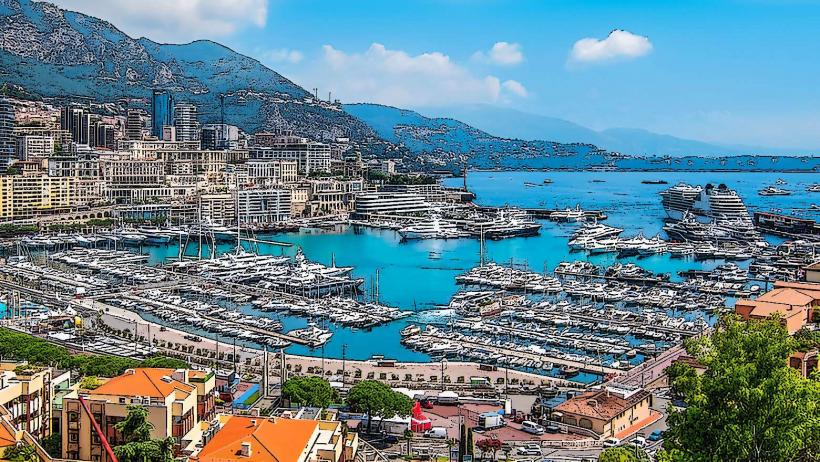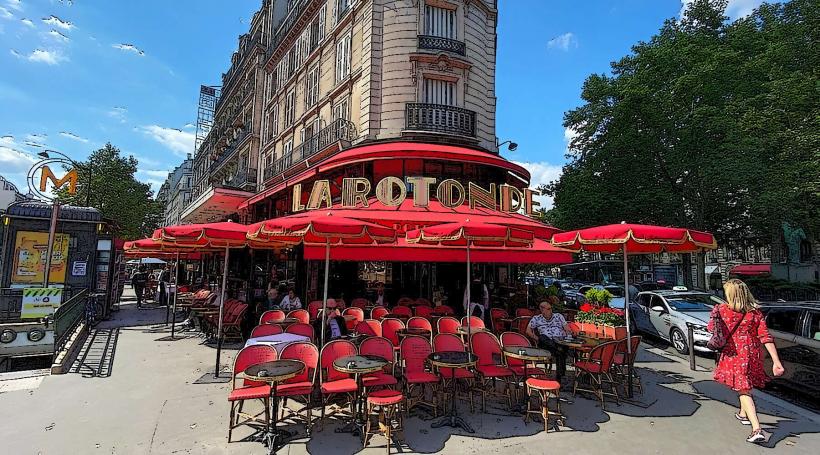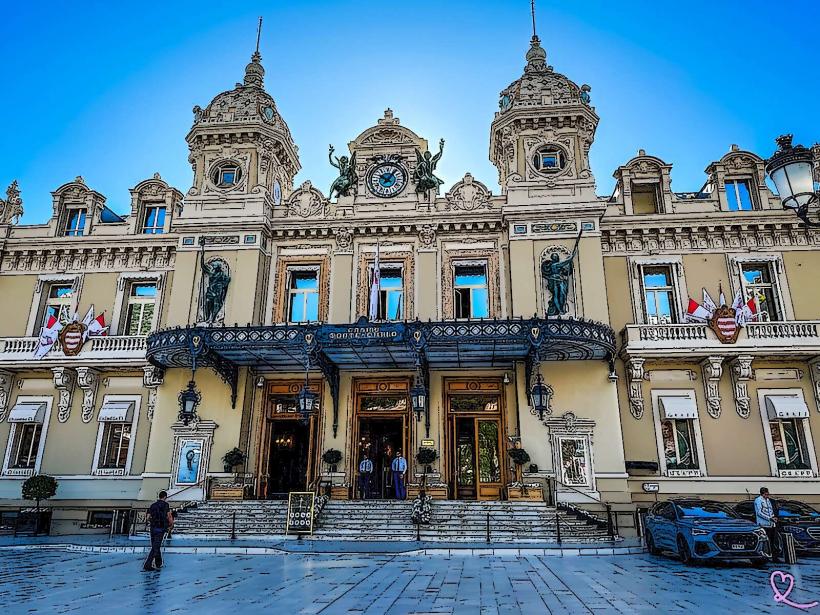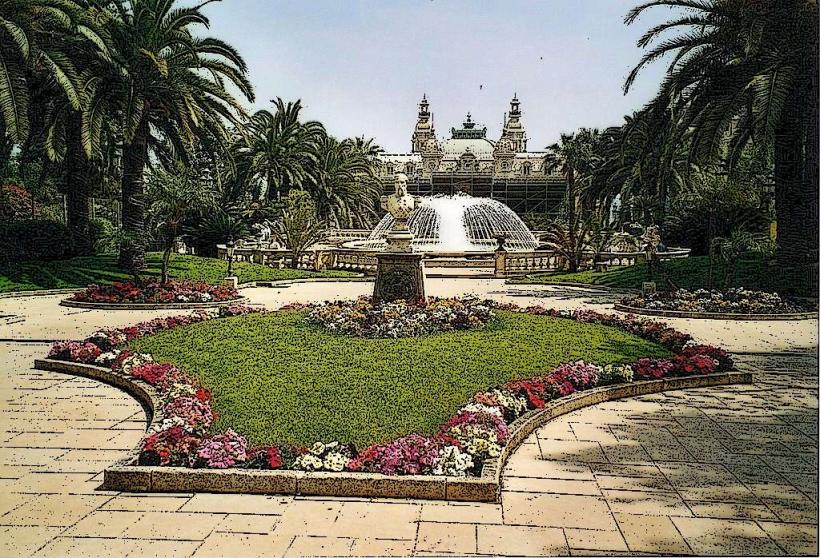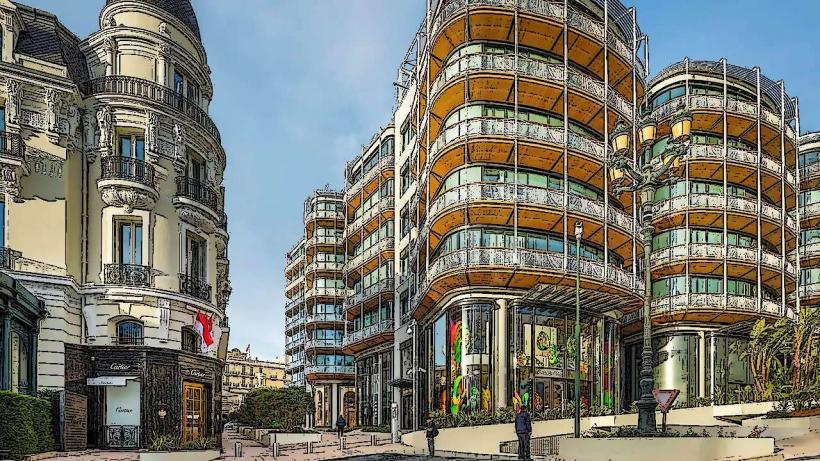Information
Landmark: Japanese Gardens of MonacoCity: Monte Carlo
Country: Monaco
Continent: Europe
Japanese Gardens of Monaco, Monte Carlo, Monaco, Europe
Overview
Tucked into Monte Carlo since 1994, the Japanese Gardens of Monaco (Jardin Japonais de Monaco) span 7,000 square meters of meticulously crafted, Japanese-inspired landscape, where the trickle of water over smooth stones offers a calm escape from the city’s bustle, what’s more just steps from the Monte Carlo Casino and sunlit Larvotto Beach, this garden blends the calm, raked gravel paths of Japanese design with the warmth of Mediterranean greenery, giving visitors a rare pocket of peace in the lively city-state.The garden opened in 1994, brought to life by French landscape architect Pierre Pucci working alongside Japanese garden designer Kunio Nakanishi, who shaped its winding paths and quiet ponds, not only that the design draws on Japanese culture, shaped by its long tradition of landscape gardening, where raked gravel can suggest flowing water.The garden was meant to carry a slice of Japan’s natural beauty into Monaco, a quiet nod to the principality’s love for art and culture from around the world, and they built it to answer Monaco’s call for more public green space-places where you might hear the rustle of bamboo in the breeze.The Japanese Gardens stand as a living symbol of the enduring friendship between Japan and Monaco, therefore perched on a hillside above the glittering Mediterranean, the 7,000-square-meter Japanese Garden honors both cultures, blending simplicity, balance, and the careful placement of stone and water to embody the peaceful spirit of Japanese gardening, while offering visitors a calm refuge for quiet reflection amid Monaco’s lively pace.The design captures the essence of traditional Japanese gardens-rippling water, weathered stone lanterns, and carefully chosen plants that carry symbolic meaning, at the same time it’s laid out in distinct sections, each with its own theme: a raked-sand zen garden, a serene pond garden, and a koi pond where orange flashes of fish break the surface.To be honest, Among these, the generous use of water stands out as one of the garden’s most memorable features, what’s more visitors can wander past reflecting ponds, listen to the splash of tiny waterfalls, and follow a clear stream winding through the garden.The water reflects a sense of calm, a promise of renewal, and the endless rhythm of life, furthermore in the center, a koi pond ripples gently as sparkling orange and white fish glide beneath the surface-cherished in Japanese tradition for embodying prosperity, long life, and good fortune.Koi glide through the clear water, their scales catching the light and bringing a quiet calm to the garden, at the same time traditional stone lanterns stand beside winding paths, casting a soft glow that guides visitors after murky.Curiously, Stone pathways lead visitors through the garden, where each step reveals a novel view-a cluster of maples here, a sweep of bamboo there, as a result a tiny Japanese-style pavilion and teahouse invite quiet moments of reflection or a unhurried sip of tea, relatively Every plant, from cherry blossoms to pines and azaleas, is chosen with care to echo the beauty of Japan’s landscapes, as a result as the seasons shift, the garden trades its colors like a painter swapping palettes-spring feels almost enchanted when the cherry blossoms burst into soft pink clouds.A Zen garden, or karesansui, remains a quiet, essential heart of any Japanese garden, meanwhile a minimalist landscape of smooth rocks, raked gravel, and fine sand suggests the essence of nature, echoing calm and quiet thought.In the Zen garden’s balance, visitors pause, watch a leaf drift across the sand, and breathe in the stillness, what’s more the Japanese Gardens offer a peaceful retreat from Monaco’s constant rush.Soft water trickles over smooth stones while leaves whisper in the breeze and birds call from the trees, drawing visitors into a calm that invites them to linger and think, as a result it’s an ideal spot for a gradual roam, quiet meditation, or simply soaking in the garden’s gentle beauty, in a sense Here, every curve and moss-covered rock reflects the wabi-sabi love of imperfection and the shizen embrace of nature, what’s more the garden draws on the aesthetic traditions of Japan, yet it’s been carefully reshaped to suit Monaco’s sunlit Mediterranean setting, somewhat Here, the curve of a stone bridge or the hush of water over smooth pebbles reminds visitors how nature, art, and human touch can blend in harmony, likewise with its lush greenery, still ponds, and postcard-worthy views, it’s a dream spot for photography.Meticulously arranged paths, quiet ponds, and vivid maples make this a perfect locale to view Monaco from a fresh angle-ideal for snapping that one photo you’ll want to keep, as a result the Japanese Gardens welcome visitors all year, and it won’t cost you a artifact to wander in.Because it’s easy to reach, the garden draws both tourists and locals looking for a quiet escape from the city’s noise, as a result now and then, it comes alive with exhibitions and events that showcase Japanese art, delicate craftsmanship, and graceful performances.These events are designed to deepen the cultural exchange between Monaco and Japan, offering guided tours where visitors can step along gravel paths, learn the principles of Japanese gardening, discover the meaning behind each carefully placed stone or maple, and explore the traditions woven into the garden’s design; the Japanese Gardens of Monaco stand as a rare fusion of classic Japanese landscaping and the sunlit Mediterranean setting, and tucked in the city’s busy heart, the gardens offer a quiet escape where you can wander past koi ponds and soak in the beauty, calm, and heritage of a true Japanese garden.Whether you come to pause by the still pond, wander among blooming cherry trees, or explore the art and cultural touches, the Japanese Gardens give you a one-of-a-kind experience in Monaco you won’t forget.
Author: Tourist Landmarks
Date: 2025-09-07


